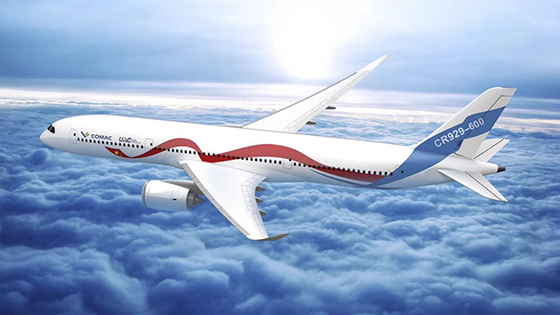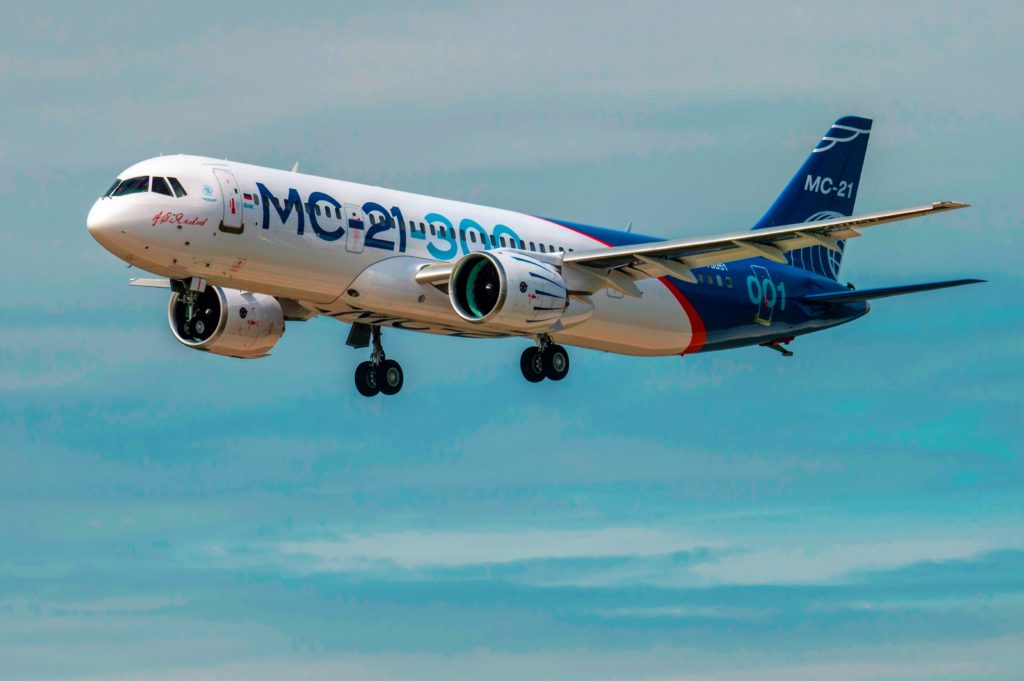Leeham News and Analysis
There's more to real news than a news release.
Airbus holds 56% share of backlogs vs Boeing
Jan. 11, 2019, © Leeham News: Airbus trailed Boeing in net orders in 2018 but it still holds a commanding lead in backlog market share.
With the companies reporting their year-end tallies, Airbus has a 56% share of the backlog to Boeing’s 44%.
Airbus carries the day with narrowbody backlog. Its share is 58% to Boeing’s 42%.
Boeing wins the widebody backlog, 53% to 47%, driven by a broader product line, including strong 777F and KC-46A/767-300ERF backlogs.
When the emerging narrowbody airplane programs of China and Russia, and Embraer’s sole entry into the 100-150 seat sector (based on two-class seating), Boeing’s narrowbody share of the backlog drops from 42% to 40%.
Charts are below. Data is based on firm orders only.
2019 Outlook: COMAC’s slow but steady progress
Subscription Required
Introduction
Jan. 4, 2019, © Leeham News: This is not the year where China’s COMAC will have break-out progress for the C919, its challenge to the Airbus A320 and Boeing 737.
Flight testing is slow and entry into service (EIS) is now targeted for 2021—a slip of five years from the original schedule.
The C919 launch-to-EIS is approaching the eight years record of the ARJ21.
But these delays don’t mean COMAC isn’t making progress.
Summary
- Boeing’s JV with COMAC for a 737 completion center opened last month.
- Despite delays, the C919 progresses.
- Progress continues on the JV with Russia for the CR929.
2019 Outlook: Irkut leads Russia’s airliner industry
By Bjorn Fehrm
Subscription Required
Introduction
January 3, 2019, © Leeham News.: The last year was a quiet year for the airliner side of Irkut Corporation (Irkut). It continued testing its two MC-21 single-aisle airliners and rolled out the third test aircraft.
Behind the scenes, there were larger changes. Irkut was handed the shares of Sukhoi Civil Aircraft Company (SCAC), the designer and producer of the Superjet 100. The move is part of merging the Russian airliner industry into one company.
During 2018, United Aircraft Corporation (UAC), the parent of Irkut and SCAC, started the consolidation by moving all new airliner projects to Irkut, including the CR929 widebody project with China. The consolidation will continue 2019.
Summary:
- Consolidating the disparate airliner projects within UAC makes sense. The competition is International, not Irkut versus Sukhoi, Tupolev or Ilyushin.
- Will this improve the checkered fortunes of Russian airliner business? It’s the right move to get away from 70 years of Soviet isolation and rules of business. But it’s not the last change; more is needed.
- The coming year will be crucial for the SSJ100 to find its model for how to support Western airlines. Interjet went half OK but CityJet didn’t. Will Adria be better?
- It’s also an important flight test year for MC-21, which needs to pick up speed to certificate in 2020.
- The CR929 widebody is now an Irkut project. Will the change improve the chance of keeping the time plan?
Farnborough: First day order recap
By Alex Derber
July 16, 2018, (c) Airfinance Journal: Day One of Farnborough 2018 belonged firmly to Boeing in terms of firm orders, although the US manufacturer saved up many of its largest announcements from deals done earlier in the year. Airbus, meanwhile, almost achieved parity if one includes softer commitments from airlines and lessors, although there were some speculative deals, notably a memorandum of understanding (MoU) for 17 A350s from Starlux, a Taiwanese start-up not yet in business.
although the US manufacturer saved up many of its largest announcements from deals done earlier in the year. Airbus, meanwhile, almost achieved parity if one includes softer commitments from airlines and lessors, although there were some speculative deals, notably a memorandum of understanding (MoU) for 17 A350s from Starlux, a Taiwanese start-up not yet in business.
Other noteworthy deals included lessor Jackson Square Aviation’s first new aircraft order and United decision to buy E175s rather than the newer E2 variant.
Chinese and Russian Widebody takes shape. Part 5.
By Bjorn Fehrm
Subscription Required
Introduction
February 12, 2018, © Leeham Co.: In the fourth article about the Chinese/Russian wide-body, CR929, we analyzed the engine selection for the aircraft. Now we continue with a first performance analysis of the CR929 against its main competitors, the Boeing 787-9 and Airbus A330-900.
We will use the preliminary data we have collected for the CR929 and compare this to the data for the 787-9 and A330-900.  It’s the first analysis, on preliminary information. But there is enough knowledge of the key parameters to use our performance model to draw the first conclusions about the CR929’s positioning in the market.
It’s the first analysis, on preliminary information. But there is enough knowledge of the key parameters to use our performance model to draw the first conclusions about the CR929’s positioning in the market.
Summary:
- The CR929-600 is modeled closely after the 787-9. The technology for structures, systems, engines and aerodynamics are similar.
- With a similar payload capacity, the fuel consumption should be better as the CR929 is defined with a lower maximum range.
- It’s wider cabin eats up the weight and drag advantage, however. There will be little difference between the efficiency of the 787-9 and the 15 years younger CR929.






